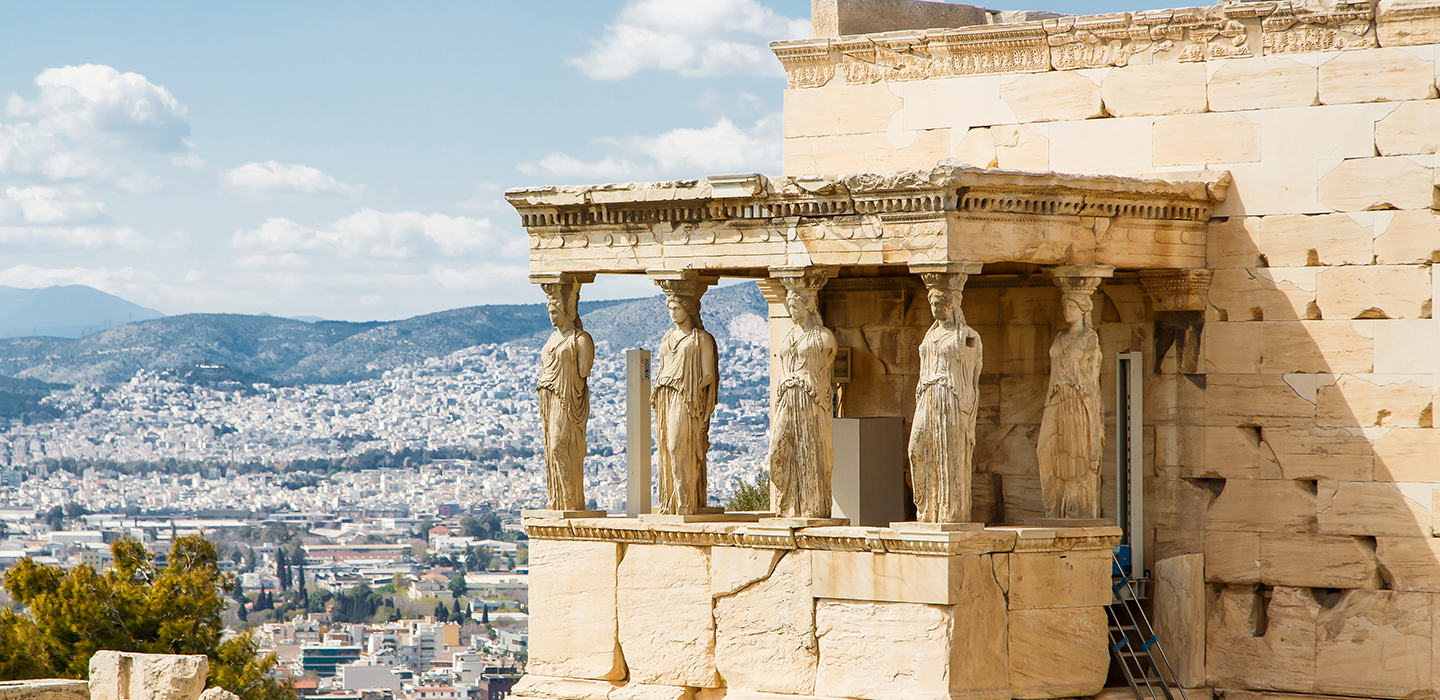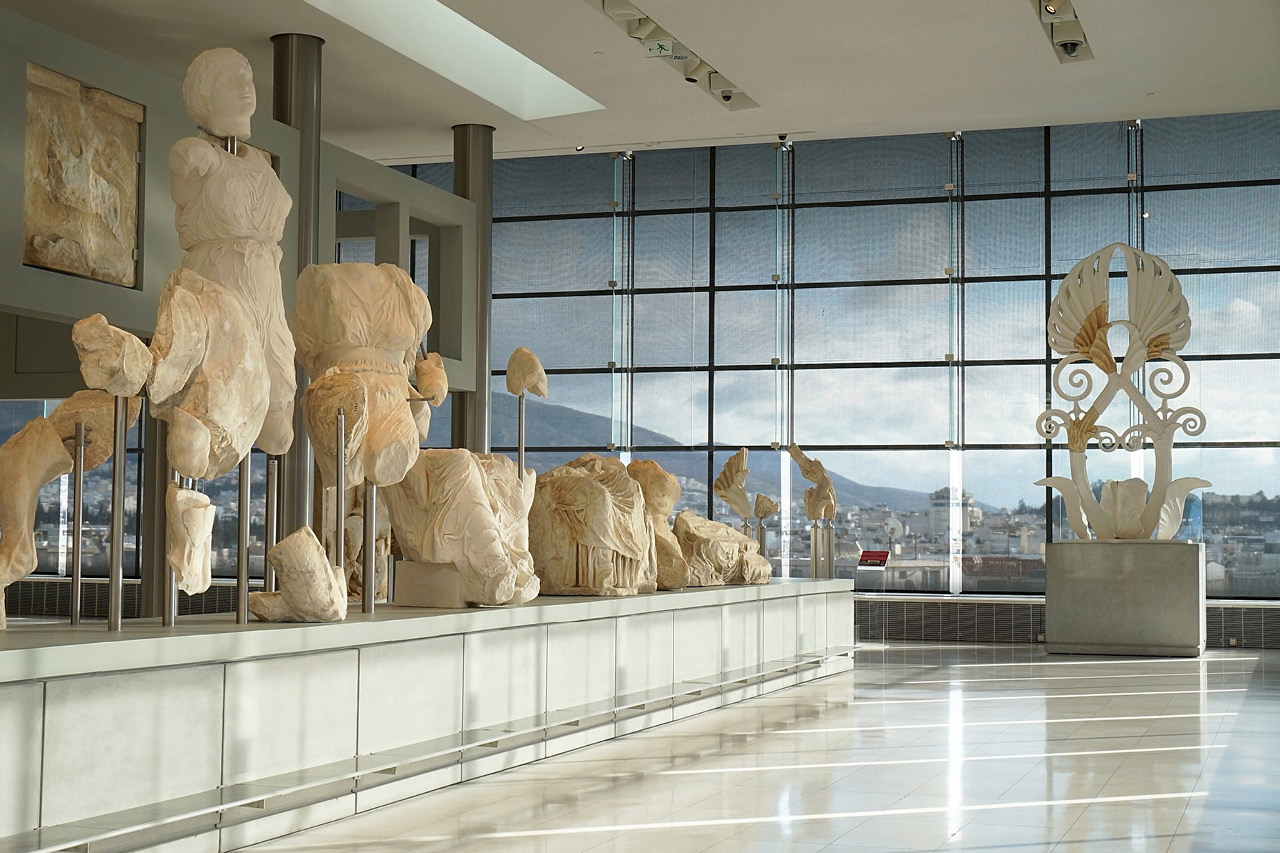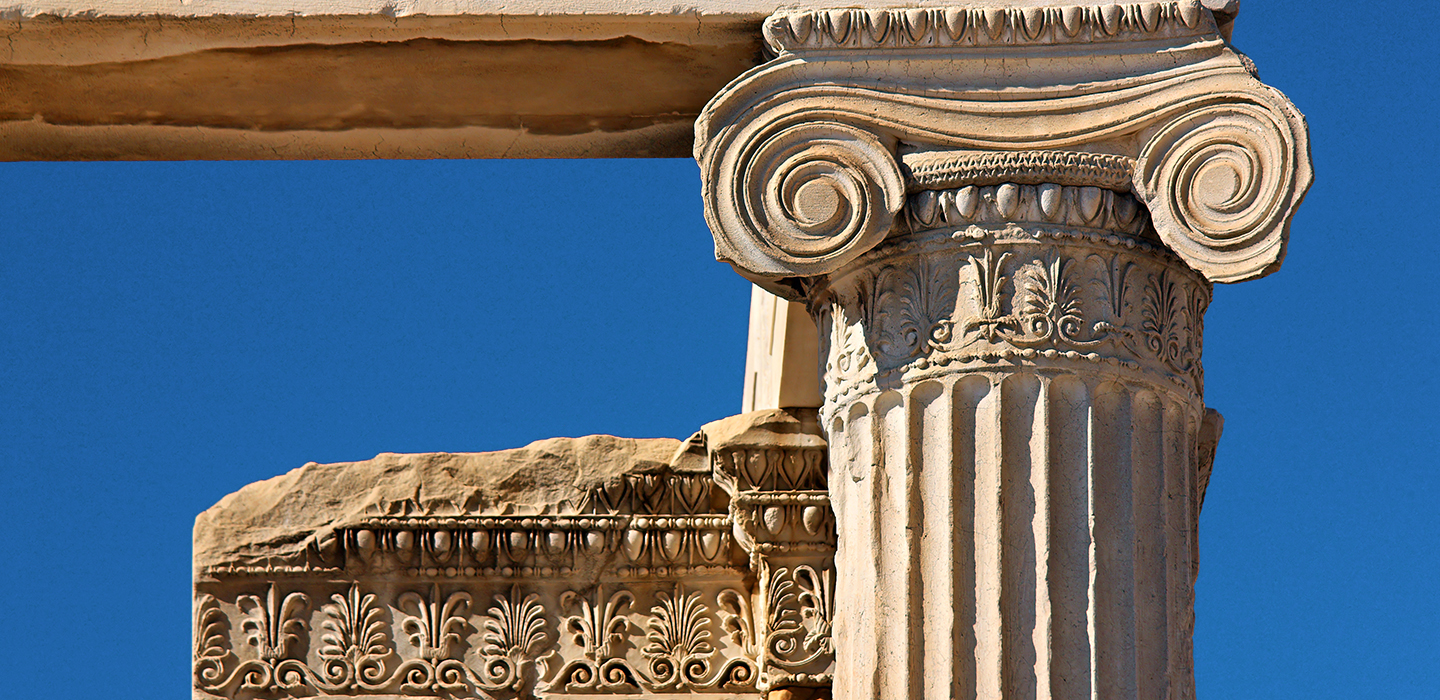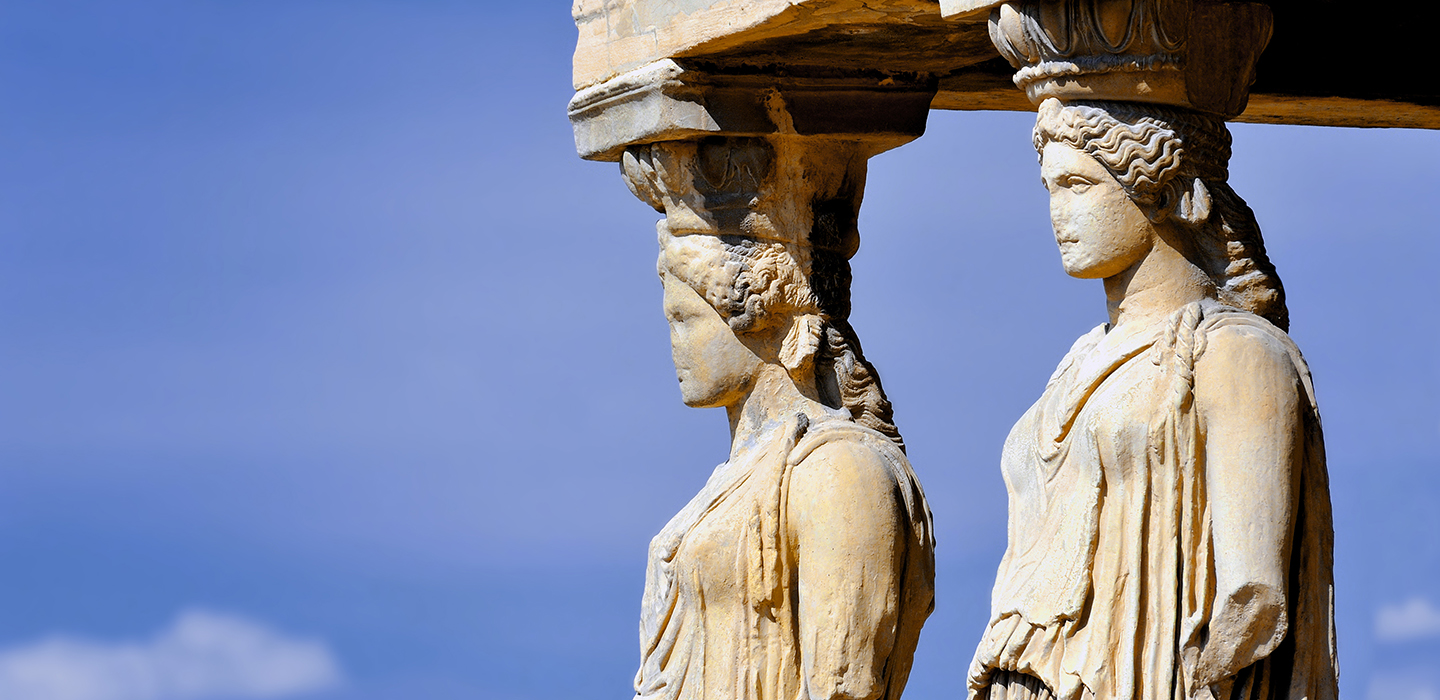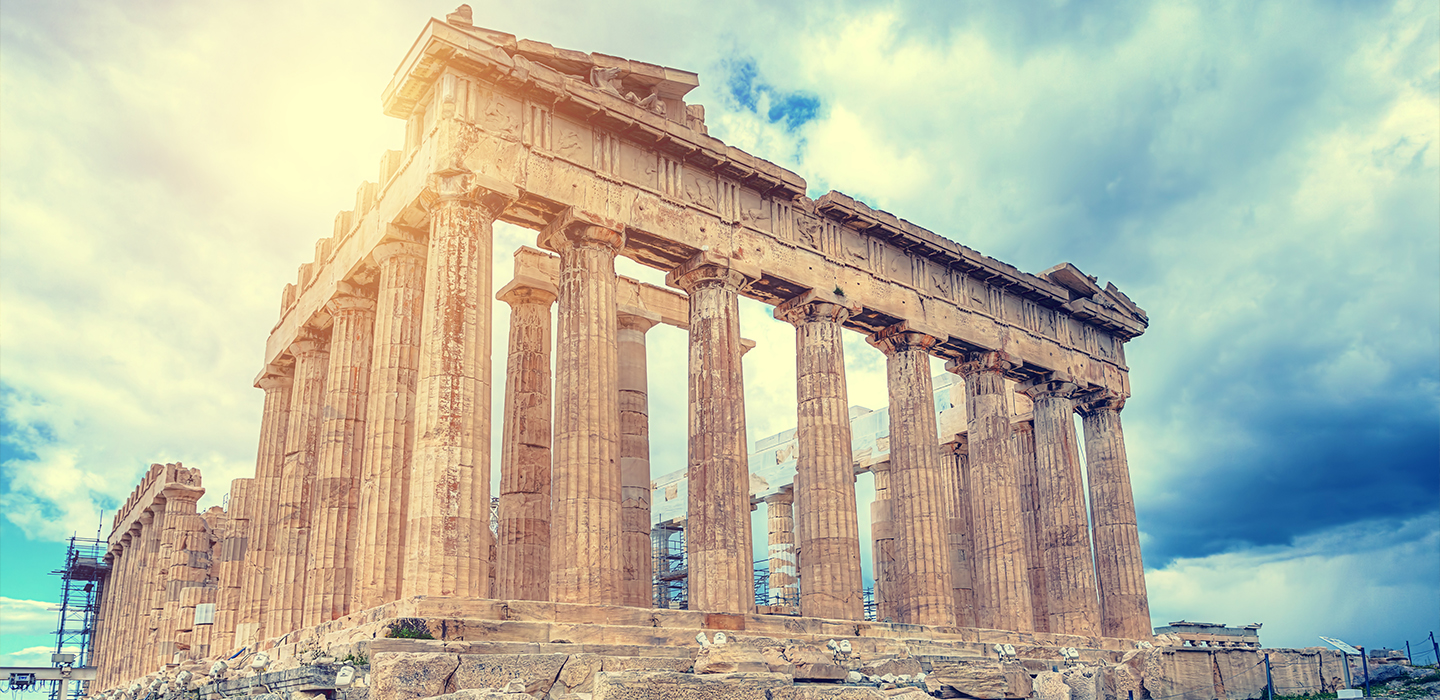LANDMARKS
Acropolis by numbers
ATHENS
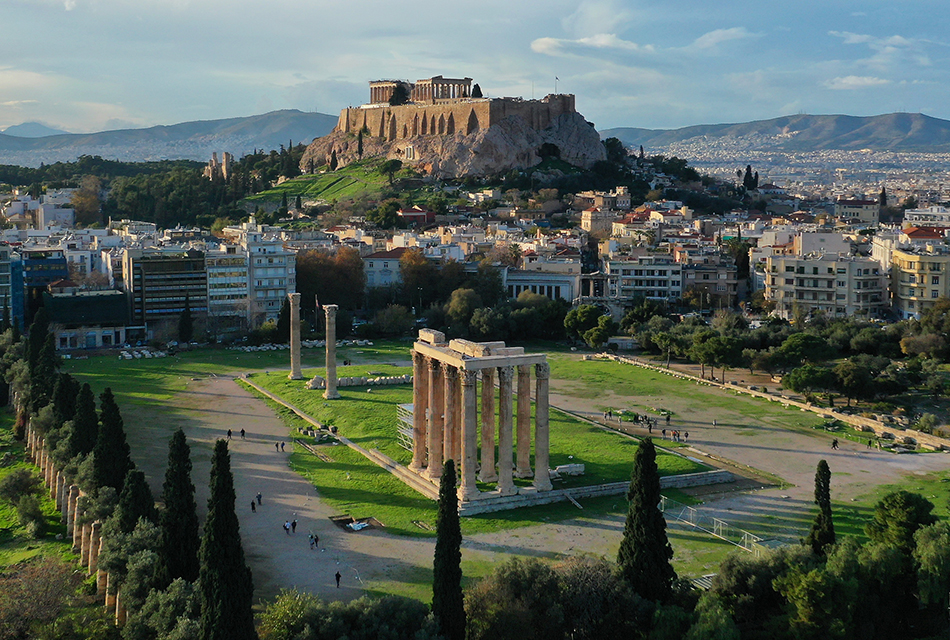
![]() UNESCO WORLD HERITAGE MONUMENTS
UNESCO WORLD HERITAGE MONUMENTS
It is towering in the centre of Athens with its austere majesty, a humble hill that became the symbol of ancient Athens’ greatness. Thousands of tourists flood its entrances every day, and admire one of UNESCO’s Monuments of Cultural Heritage. Here are some things you must know about the Acropolis of Athens.
- The word “Acropolis” is found in Homer and it means the highest place of the city, usually a hill which stands out as a natural stronghold.
- During the Prehistoric times (until 1000 BC) Acropolis was the seat of the king who ruled the land.
- From 1000 BC until the end of Antiquity, Acropolis stops being an administrative centre and its role becomes purely religious.
- Out of all the deities that were worshipped in Acropolis, the most renowned was Athena, whose sanctuaries were built at many spaces of the hill, with Parthenon being the most prominent.
- In 480 BC the Persians occupy Athens and destroy the Acropolis, which was rebuilt by Pericles about 30 years later. Parthenon was the first and leading work of art they made.
- Iktinos and Kallikrates, following the inspiration of the great sculptor Phidias, were the architects of Parthenon, a symbol of the power, the health and the civilization of Athens.
- Phidias created a statue of Athena Pallada made by gold and ivory, which, during the 5th c. AD was transferred in Constantinople and since then its traces are lost. We are left with descriptions, imitations and images of it.
- At the 4 sides of the Parthenon, on the metopes, mythical battles where sculpted, representing the endless battle between the powers of order against the powers of chaos.
- 6th c AD: According to the archaeological finds, Parthenon was converted by then to a Christian church. It is the only ancient temple which didn’t see its pediments vandalized during its conversion to a Christian place of worship.
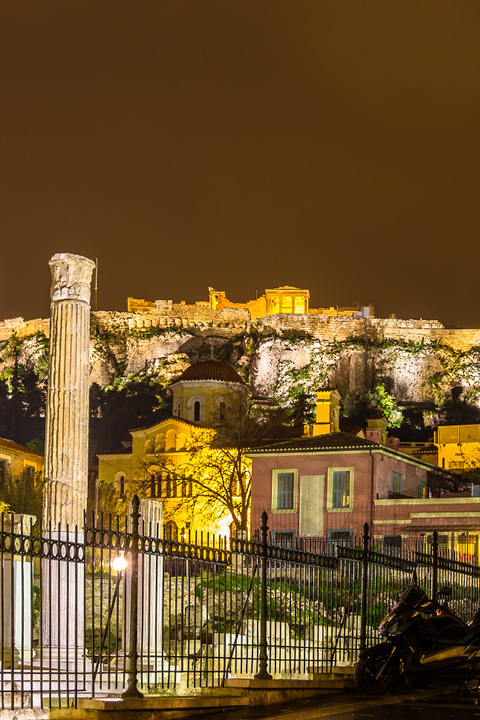
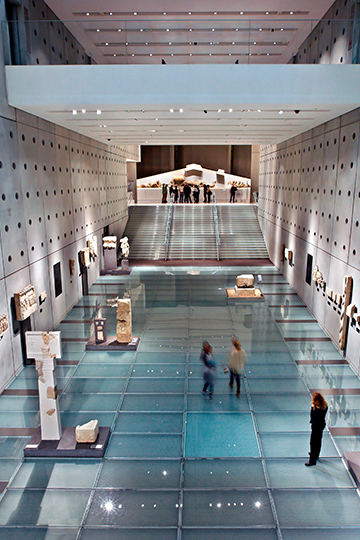
- 1458: The Acropolis is occupied by the Turks and is visited by Mehmed the Conqueror. During the Ottoman Occupation the Acropolis is called Athena Calesi, which means Fortress of Athens. A minaret is added to the Parthenon, but the temple were never converted to a mosque.
- 1687: During the Venetian-Ottoman war, Francesco Morosini moves against Athens. He orders to throw a shell to the Parthenon, which Ali Agas had turned to a powder warehouse. The powder blowed up causing huge damages.
- 19th c: Tomas Bruce, lord Elgin, systematically strips the monument of Parthenon from its marbles and sell them to the British Museum. Other parts of the Parthenon can be seen in the Louvre and in Copenhagen.
- 1983: The Hellenic government starts a campaign for the return of the Parthenon Marbles in Greece, which is continued in our days and has many eminent supporters worldwide.
- The Acropolis is not only the Parthenon, but many other monuments, settled on the sides of the hill, as the very special Erechtheion with its particular architecture.
- In 1975 starts an effort to restore the Parthenon and other monuments of the Acropolis, which is continued today.
- 2009: The new Acropolis Museum opens its gates, in an area of 25,000 sq. m.
- 280 m is the distance in straight line between the Parthenon and the Acropolis Museum.
- Natural light: The Acropolis Museum takes advantage mostly of the natural light to showcase the sculptures it hosts.
- 30.9.2020: The revelation of the new lighting of the Acropolis and many monuments of the hill with white light, is taking place in the presence of Ekaterini Sakellaropoulou, the President of the Hellenic Republic. The lighting is a work of Eleftheria Deko and her team, who made the lighting design and the supervision, while the domination of white showcases the depth and the austere majesty of the monuments.


